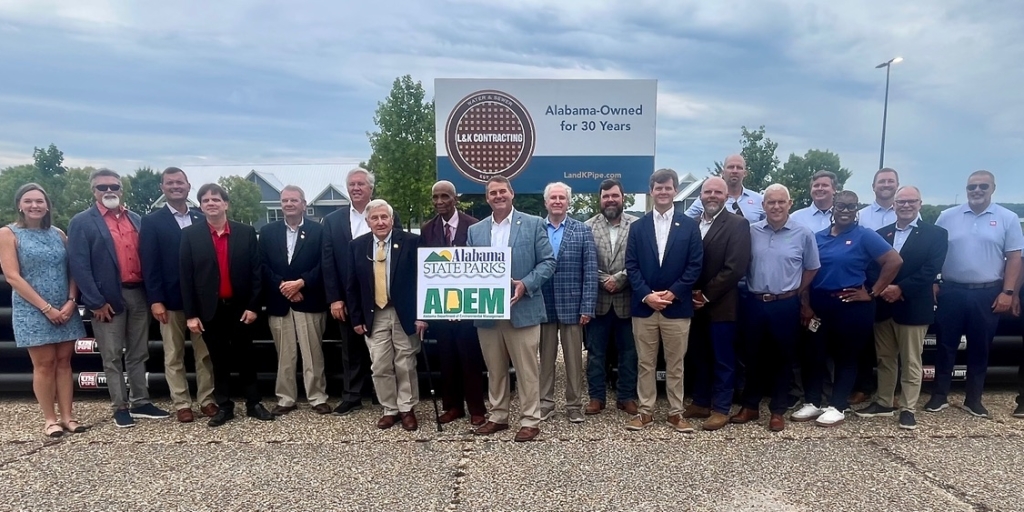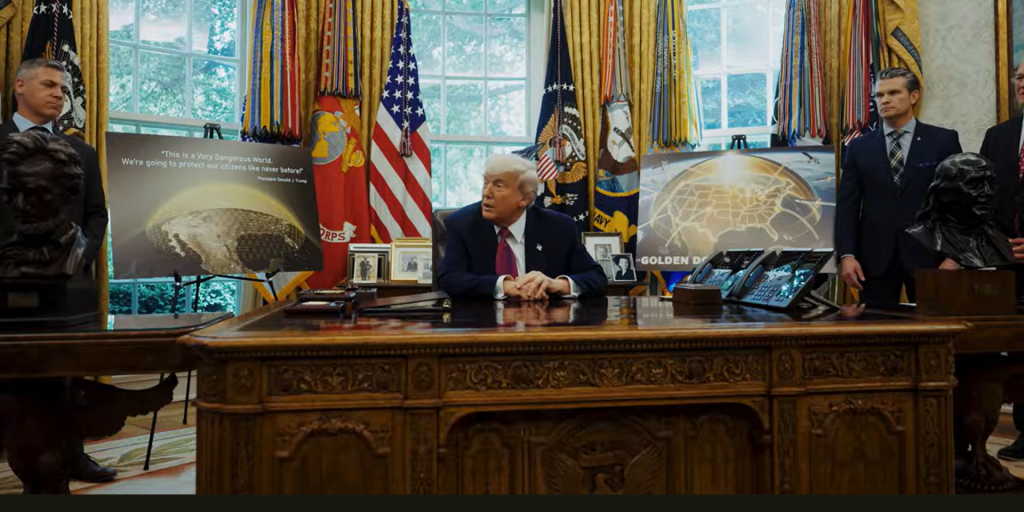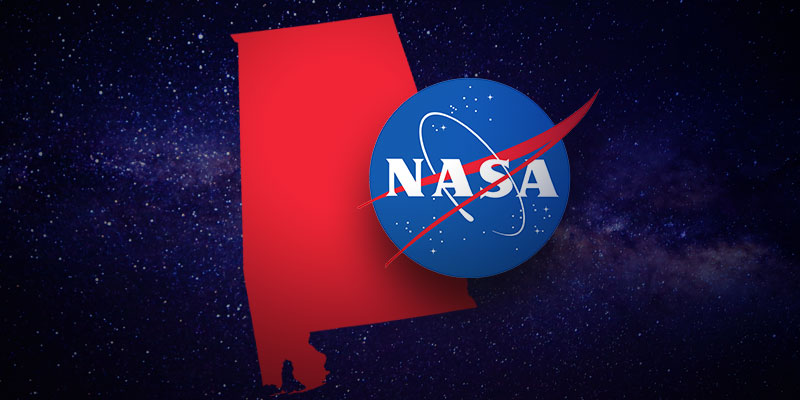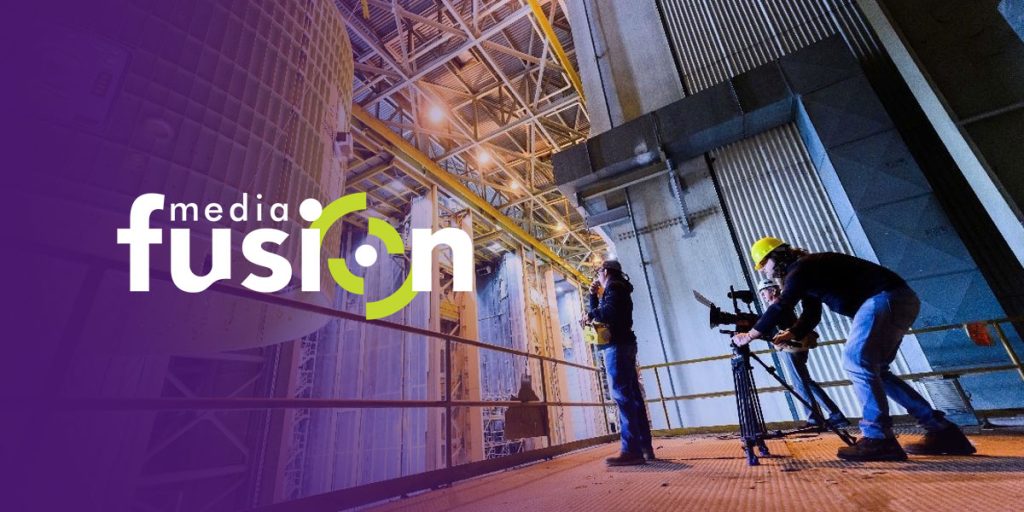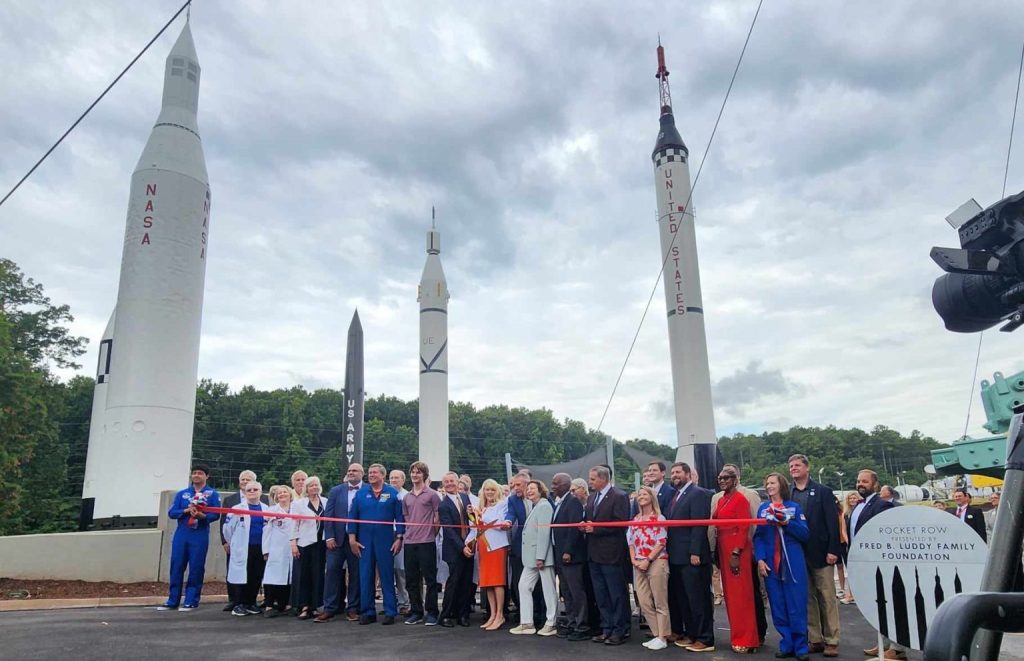When NASA’s Artemis I mission launches, its Near-Earth Asteroid (NEA) Scout will be one of the secondary payloads hitching a ride aboard the powerful Space Launch System (SLS) rocket.
The solar sailing CubeSat has been designed and developed at Huntsville’s Marshall Space Flight Center. A CubeSat is a miniaturized satellite used for space research.
Approximately the size of a large shoebox, NEA Scout will be released into space, where it will embark on a two-year journey to a near-Earth asteroid.
Its trek through space will be a first for a NASA spacecraft.
“NEA Scout will be America’s first interplanetary mission using solar sail propulsion,” said Les Johnson, principal technology investigator for the mission at Marshall Space Flight Center. “There have been several sail tests in Earth orbit, and we are now ready to show we can use this new type of spacecraft propulsion to go new places and perform important science.”
The spacecraft’s method of propulsion is nothing short of a technological wonder.
From stainless steel alloy booms, it will deploy an aluminum-coated plastic film sail about 800 square feet in size. The sail is thinner than a human hair and generates thrust by reflecting sunlight. Energetic particles of sunlight, called photons, bounce off the solar sail to give it a gentle, yet constant push. The spacecraft will eventually reach speeds high enough to catch up with its target asteroid.
This propulsion method is essential because of the small spacecraft’s inability to carry conventional rocket propellant, according to Johnson.
The spacecraft will use a science-grade camera to capture images of the asteroid to provide scientists with critical information about its physical properties, including its orbit, shape, volume, rotation and debris field.
The Artemis I mission carrying NEA Scout will be an uncrewed flight test powered by SLS. Alabama’s aerospace industry has led the effort to build SLS, which is set to become the most powerful rocket ever assembled. The SLS program is managed out of Marshall Space Flight Center. Developed by Boeing in Huntsville and powered by four Aerojet Rocketdyne RS-25 engines, SLS stands 212 feet high and 27.6 feet in diameter.
In June, the core stage was lifted into the mobile launcher at Kennedy Space Center’s Vehicle Assembly Building.
The United Launch Alliance-built (ULA) Interim Cryogenic Propulsion Stage (ICPS) was added to the stack last week.
Manufactured at ULA’s 1.6 million square foot factory in Decatur, the ICPS feeds liquid hydrogen and liquid oxygen to the Aerojet Rocketdyne RL10B-2 main engine to produce 24,750 pounds of highly efficient thrust.
NASA plans to deploy another solar sail mission following NEA Scout’s flight aboard Artemis I. The spacecraft is called Solar Cruiser, and its sail will be 16 times larger than NEA Scout’s when it launches in 2025.
Tim Howe is an owner of Yellowhammer Multimedia





